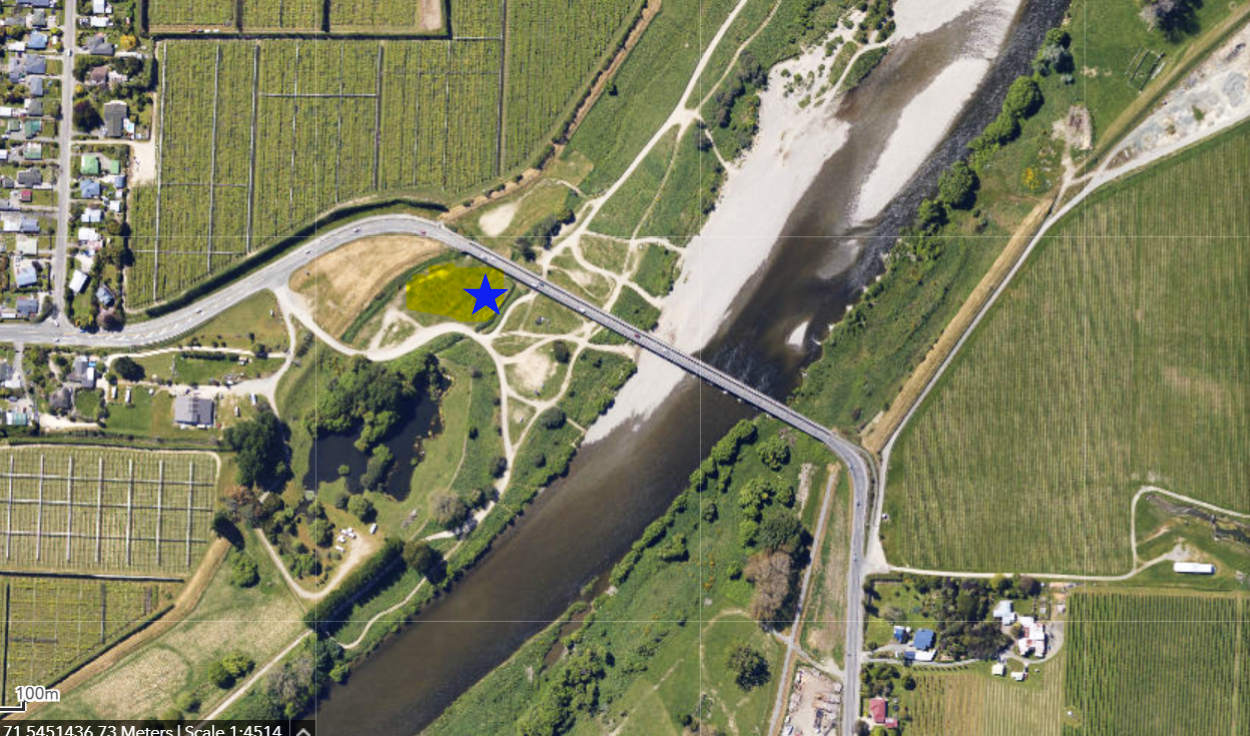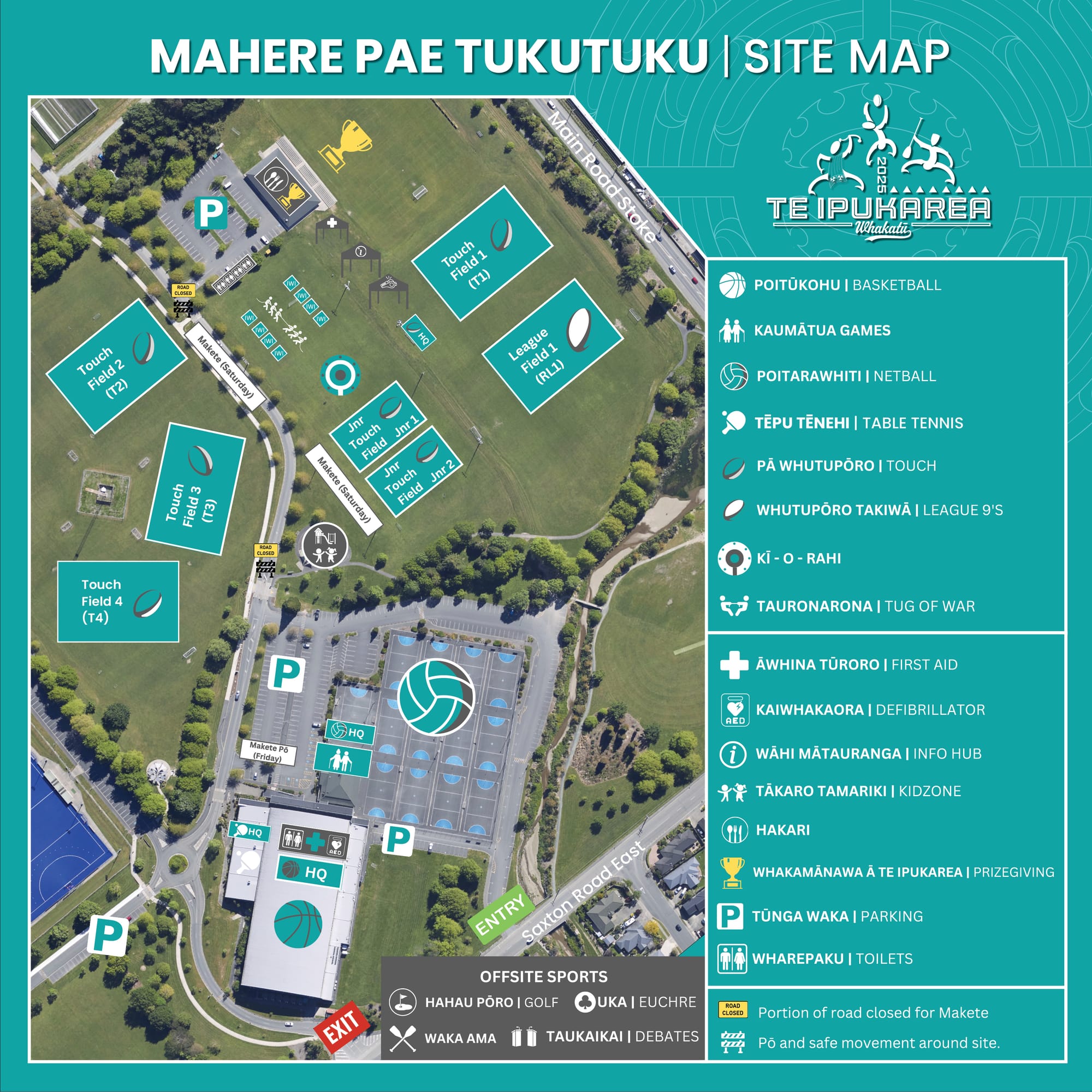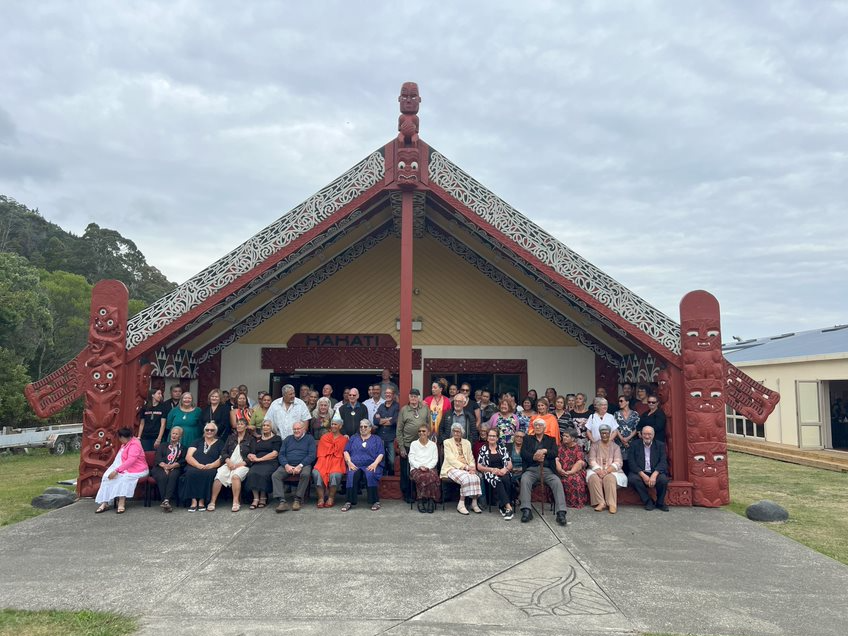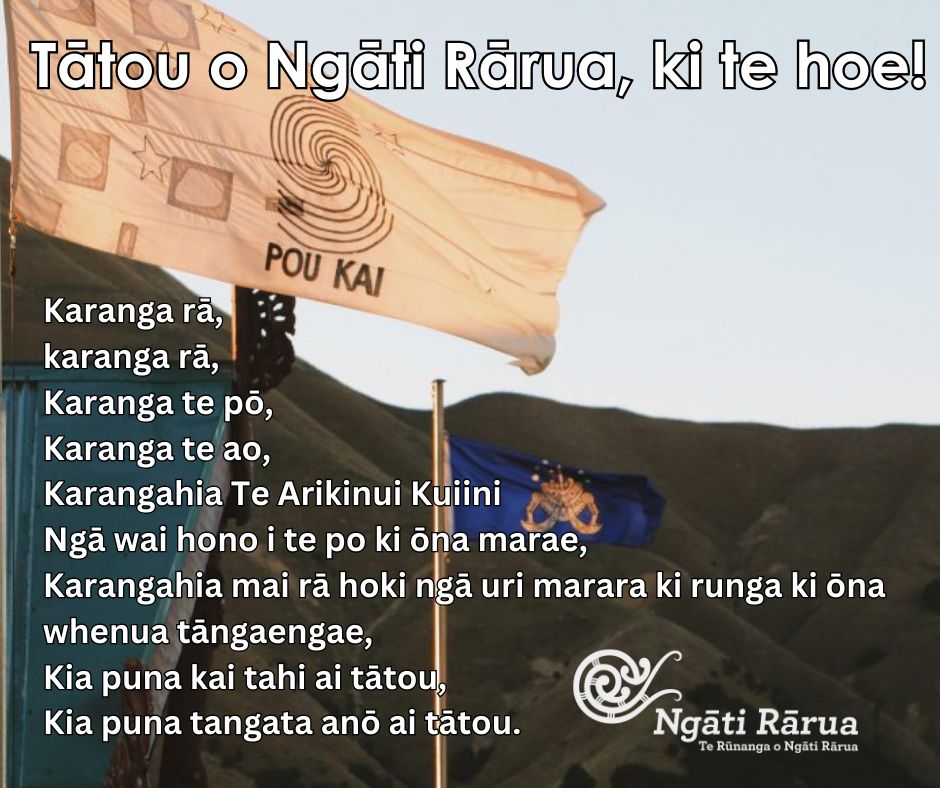Poipoia Te Ao Tūroa
Poipoia Te Ao Tūroa is a tangata whenua iwi planning document prepared and mandated by Te Rūnanga o Ngāti Rārua.
Te Ao Tūroa is central to Ngāti Rārua identity and cultural wellbeing. Ngāti Rārua are impelled by deeply held values, including the fundamental tenets of whānaungatanga, kaitiakitanga and manaakitanga, to love and respect Papatūānuku in recognition of her life-supporting function and place in our own whakapapa. The role and realm of Ranginui,the sky parent and domain of the heavens, is also important.
It is the interaction between Papatūānuku and Rangi-nui that establishes the balance of nature. Ngāti Rārua are obligated, as kaitiaki of the natural environment, to enhance and maintain the mauriand life support systems of Papatūānuku and Rangi-nui for future generations.
For Ngāti Rārua, all things are interrelated and connected by whakapapa: the divine and the human; the living and the inanimate; the past, present and future. Ngāti Rārua view all natural resources as being gifts from ngā atua kaitiaki. These spiritual guardians maintainthe mauri of ngā taonga tuku iho – the treasures of the natural world – which are centralto Ngāti Rārua spiritual, cultural and economic wellbeing.
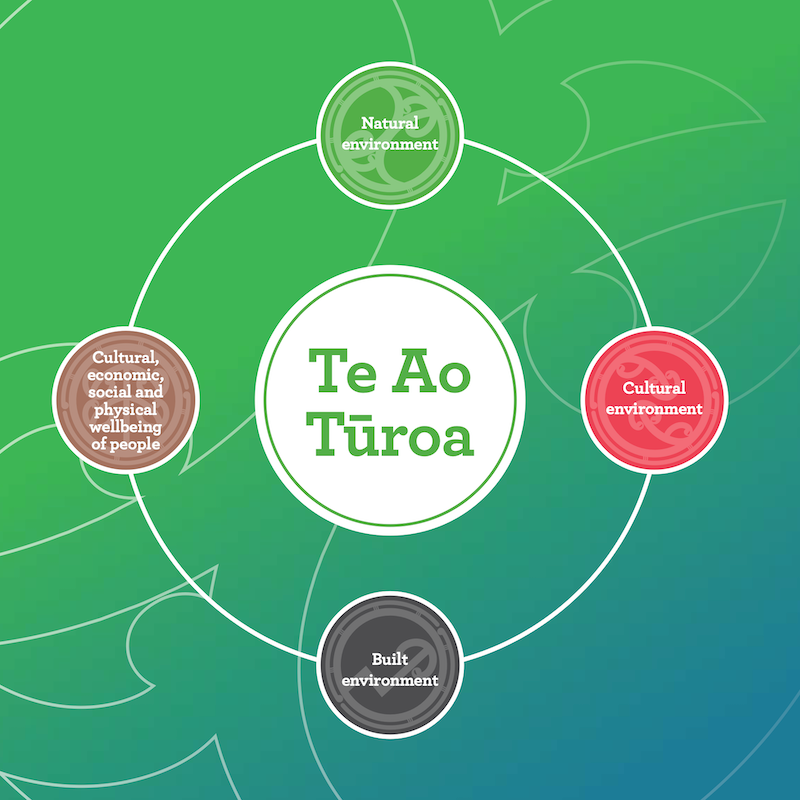
‘Te Ao Tūroa’ means the light of day, the Earth, the enduring world, the natural world. In the context of this strategy, it encompasses the natural, cultural and built environment, together with the social, cultural, economic and physical wellbeing of people.
The focus in Poipoia Te Ao Tūroa is on care for, and nurture of, the natural world.This includes wai (water, in all its forms); ngā wāhi taonga tuku iho (sacred and significant sites and areas); mahinga kai (traditional food and other natural resources, and the places where those resources are obtained); whenua (land); and rerenga rauropi (living things; biodiversity).
In reflection of the interconnectedness of all things, this strategy also contains policies relating to the cultural, economic, social and physical wellbeing of people in both the natural and built environments.


